This page has been idle for a while. To make sure you don’t miss out on the latest content, please reload the page.
The Hong Kong Palace Museum launches a new special exhibition "When the Forbidden City Meets Versailles - Sino-French Cultural Exchanges in the Seventeenth and Eighteenth Centuries" in December

























Description
To celebrate the 60th anniversary of the establishment of diplomatic relations between China and France and the China-France Year of Culture and Tourism, the Hong Kong Palace Museum (Museum) will grandly launch the special exhibition "When the Forbidden City Meets the Palace of Versailles - Ten Years" from December 18, 2024 to May 4, 2025. Cultural exchanges between China and France in the 7th and 18th centuries" ("When the Forbidden City Meets the Palace of Versailles" exhibition). The exhibition is jointly organized by the Hong Kong Palace Museum, the Palace Museum and the Palace of Versailles in France. It displays nearly 150 treasures from the two world heritage sites - the Palace Museum and the Palace of Versailles, showing the history of China from the second half of the 17th century to the 18th century. The French court has a history of mutual admiration, inspiration and exchanges in the fields of culture, art, science and technology, as well as the long-standing and precious friendship between the two countries. Cathay Pacific is the chief sponsor of this special exhibition, while American Express Centurion is the main sponsor.
The seventeenth and eighteenth centuries were the glorious period of the Chinese and French courts. Under the rule of three emperors, Kangxi (reigned 1662–1722), Yongzheng (reigned 1723–1735), and Qianlong (reigned 1736–1795), the Qing Dynasty flourished economically and culturally, and also opened up Sino-foreign trade. a new chapter. At the same time, France also created the glorious era of the Bourbon dynasty under the rule of King Louis XIV (reigned 1643–1715). Although the two palaces are thousands of miles apart and the two monarchs have never met, the two countries are full of curiosity about each other. The French royal family had a strong interest in Chinese culture and art. Among them, Louis XIV pursued the trend of Chinese blue and white porcelain that was popular in Europe at the time, and even built a "Porcelain Palace" in the garden of the Palace of Versailles.Queen Marie of Louis XV (reigned 1715–1774). Leszczynska had a special liking for Chinese art and decorated her private suite in the Palace of Versailles as the "Chinese Room". Louis XVI (reigned 1774–1792) and his queen Marie. Antoine was also full of curiosity and enthusiasm for "Chinese fashion". The former even specially ordered a porcelain plate portrait of Emperor Qianlong from the Sèvres Porcelain Factory to hang in the study room of the Palace of Versailles. At that time, a large number of Chinese handicrafts and books entered the eyes of the French court and nobles, triggering the "Chinese fashion" collection and creation trend centered on the Palace of Versailles and sweeping Europe.During the reign of Louis XIV, six Jesuits were dispatched to China as "King's Mathematicians". Since then, many French Jesuits have come to China and served in the Qing court, contributing to the Qing court in science, art, crafts, architecture, It has had an important impact in fields such as medicine and cartography. The exchanges between China and France demonstrate the mutual respect and mutual learning between the two countries, which is amazing.
There are nearly 150 precious exhibits, including masterpieces, including 9 Chinese national first-class cultural relics and the top collection of the Palace of Versailles, as well as a multimedia reproduction of Louis XIV’s autographed letter to Emperor Kangxi
The exhibition has four units, focusing respectively on key figures and spaces in the Forbidden City and Palace of Versailles, science and diplomacy, mutual learning and innovation of craftsmanship, and exchange of art and ideas. This exhibition selects nearly 150 magnificent treasures. It is also the first time that Hong Kong presents important cultural relics from the two world heritage sites of the Forbidden City and the Palace of Versailles in the same exhibition. The exhibits include 9 Chinese national first-class cultural relics, as well as the precious collections of the Palace of Versailles in France and Some new collections from recent years. In addition, the exhibition also features collections from the Hong Kong Maritime Museum and the Chinese University of Hong Kong Library.
The exhibition has a diverse range of cultural artifacts, including not only large-scale palace portraits and exquisite crafts such as porcelain, glassware, enamelware, and textiles, but also exhibits such as books, scientific instruments, and pharmaceuticals, highlighting the rare differences between the two palaces. A well-known story. One of the highlights of the exhibits is the Qianlong style enamel chrysanthemum pattern pot (1783) in the Palace Museum. The pattern of this pot is very Chinese-style. In the past, it was thought to be a tribute artifact from Guangdong to the Qing Palace. The latest research found that there are The famous French craftsman "coteau" signed it, confirming that it was originally made in France, showing the prosperity of Sino-French craft exchanges.
Another key exhibit is a silver pot with flower and bird patterns (circa 1680) collected by the Palace of Versailles in recent years. This treasure was produced in Guangdong, China for the overseas market, and was later presented as a diplomatic gift to Louis XIV by the envoys of Siam (now Thailand). This precious and well-preserved silverware for export reflects the mutual introduction between China and France at that time. and collecting cultural treasures from the other side. More than 300 years ago, craftsmen from both countries learned from each other's skills and aesthetics. During the exchange process, they constantly inspired new inspirations and created new art forms, which greatly promoted the development and innovation of crafts in both countries.
The exhibition uses a multimedia installation to reproduce the rare autograph letter written by Louis XIV to Emperor Kangxi in 1688. This letter was written in Old French. In it, Louis XIV praised Emperor Kangxi and hoped to send Jesuits to China to bring more new knowledge of astronomy and science. The letter was specially signed at the end with "Your dearest friend, Louis". Although this letter ultimately failed to reach Emperor Kangxi, the "King's Mathematician" Jesuit sent by Louis XIV had successfully arrived in Beijing, officially opening the door to exchanges between the Chinese and French courts.
The last part of the exhibition has a special themed learning area with interactive self-study activities. Here, visitors can further explore artworks influenced by Sino-French exchanges in the 17th and 18th centuries, and discover interesting knowledge about cultural exchanges, mutual learning, innovation, etc. Other educational activities include: public lectures, interactive theatre, workshops and guided tours, etc. Details of the activities will be announced in due course. In addition, the museum plans to hold an academic seminar in the second quarter of 2025, with the theme of the history of Sino-French exchanges in the seventeenth and eighteenth centuries.
The exhibition "When the Forbidden City Met Versailles" will be officially opened for viewing in Hall 9 of the museum on December 18 and will be on display until May 4, 2025. The adult ticket for this special exhibition is HK$150, and the special ticket* is HK$75. Those who purchase a museum-wide admission ticket can visit the Bank of China (Hong Kong) Special Exhibition "Tracing the Origins of Chinese Civilization" presented by Bank of China (Hong Kong) in Hall 8 of the museum on the same day, for adults. Tickets are HK$180, and special tickets* are HK$90. The above tickets include admission to the museum's special exhibitions (Halls 1 to 7) on the same day. Please refer to the museum website for details. Visitors can purchase tickets through the West Kowloon Cultural District’s online ticketing platform or ticketing partners.
Date and Location
Friday, Saturday & Public Holiday:10:00am - 8:00pm
Closed on Tuesday (except public holiday)















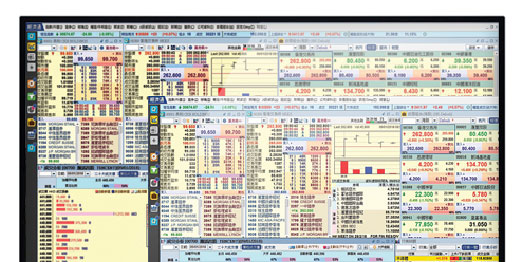
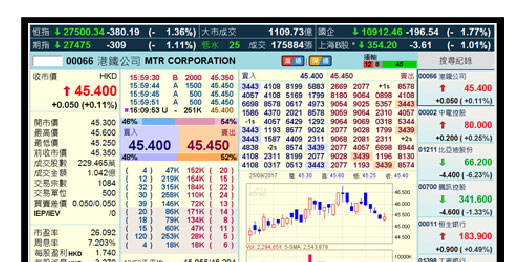
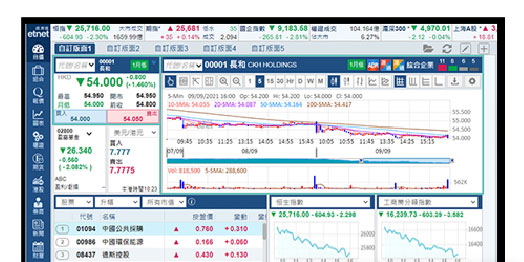
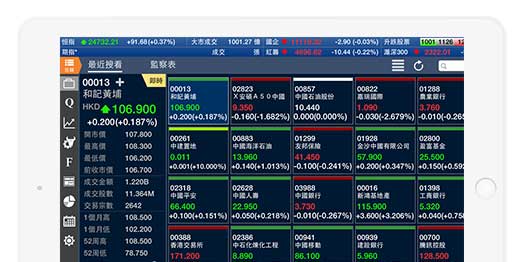
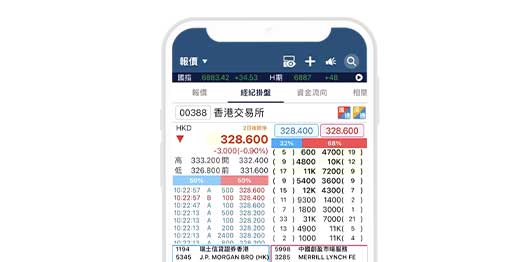


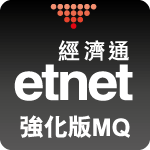




































![[Movie program hosted by the Japanese Consulate] 2024](https://img.etnet.com.hk/customcover/event/2024/10/17/20241017JPMovie-2024-1_m.jpg)

































![Windsor House [Pokémon Winter Adventure]](https://img.etnet.com.hk/customcover/event/2024/10/31/31102024_WindsorHouse_a005_m.jpg)